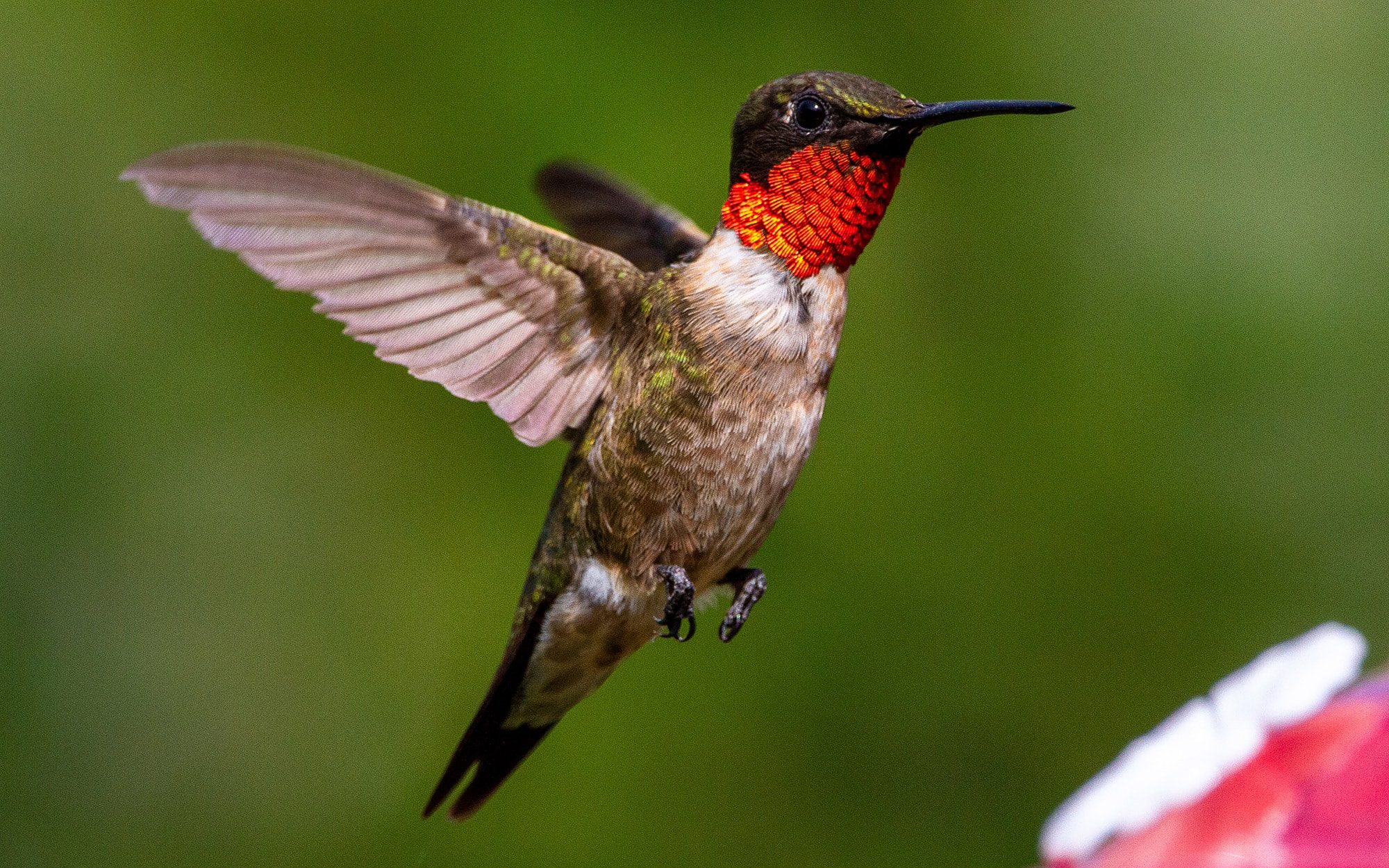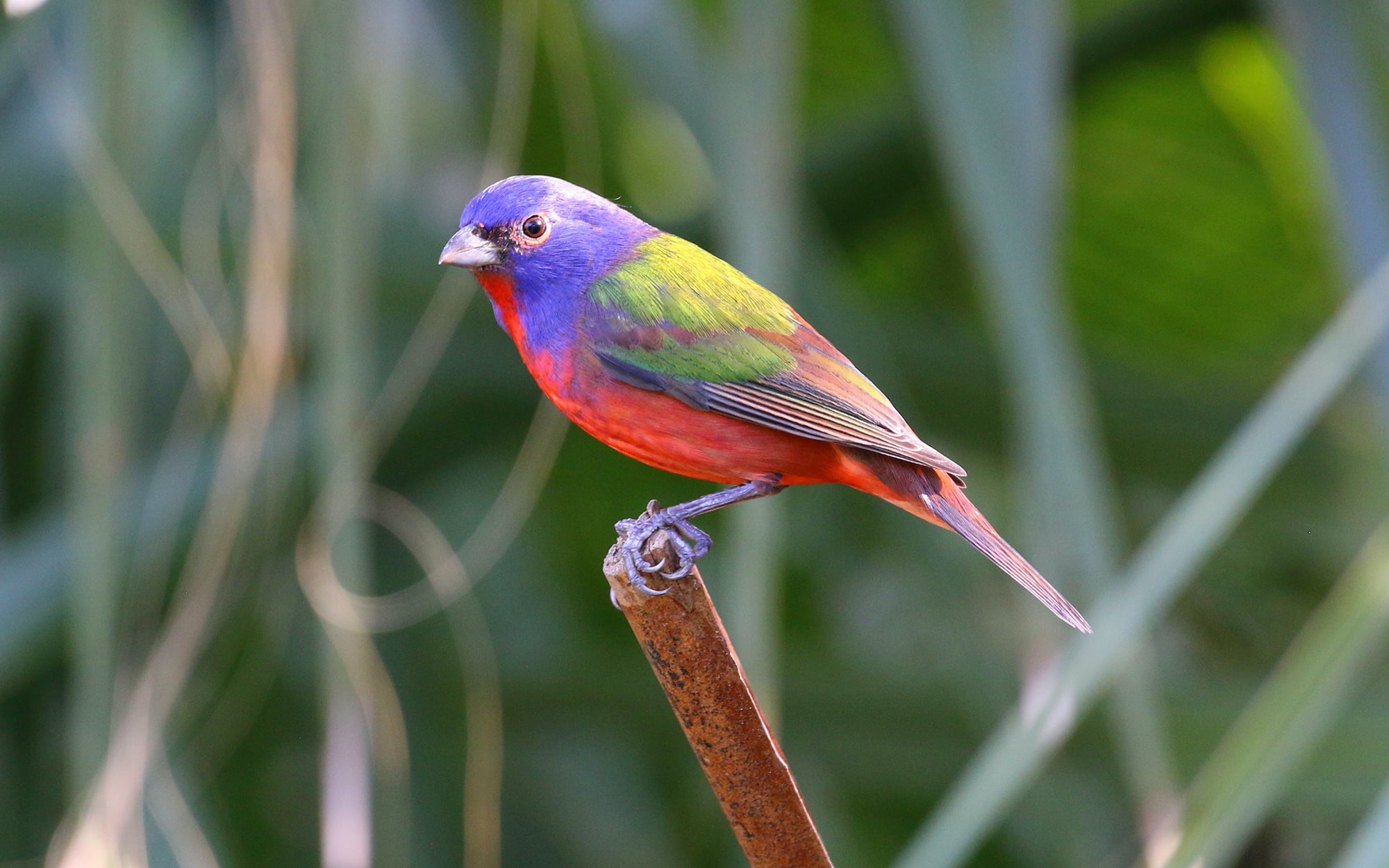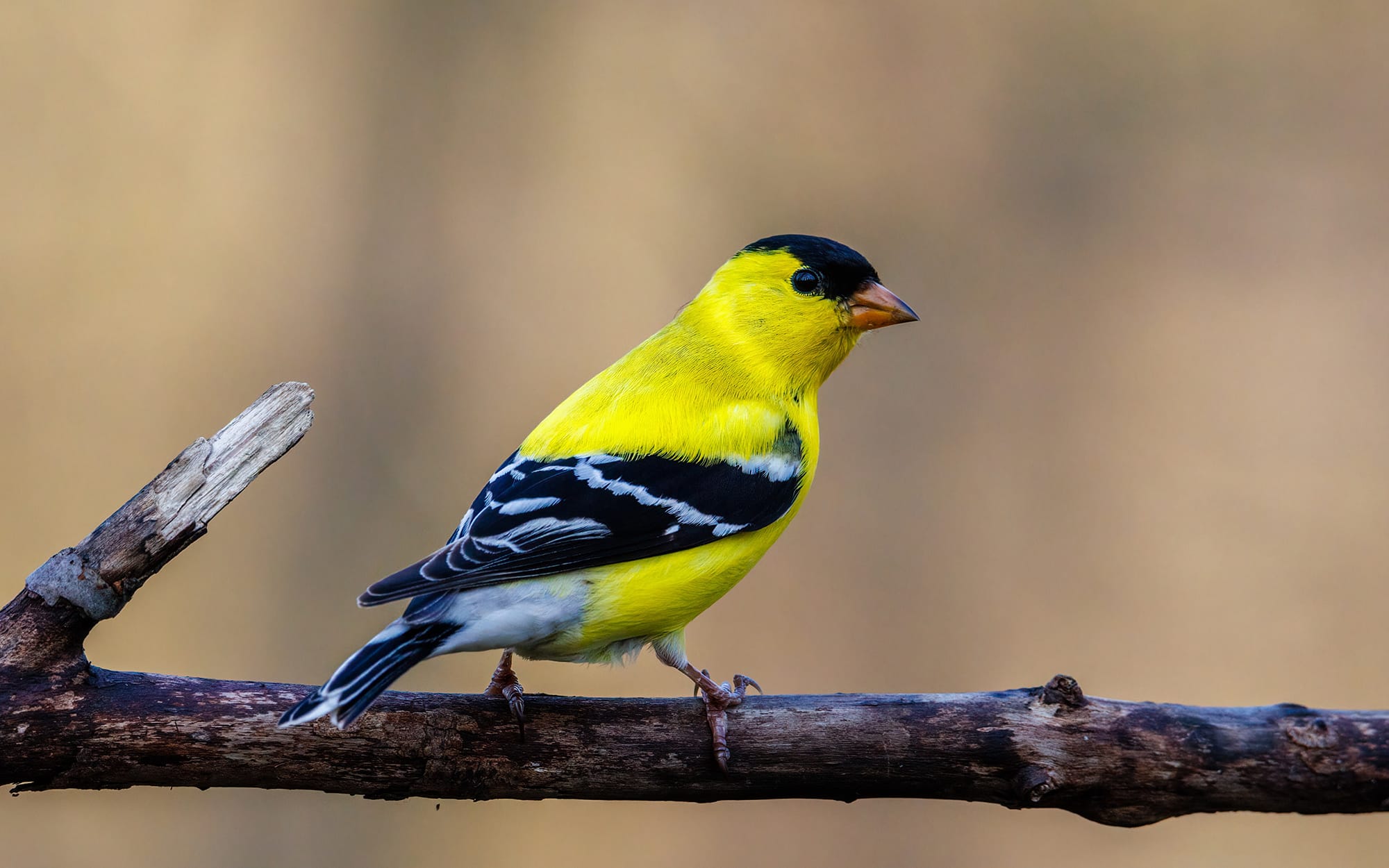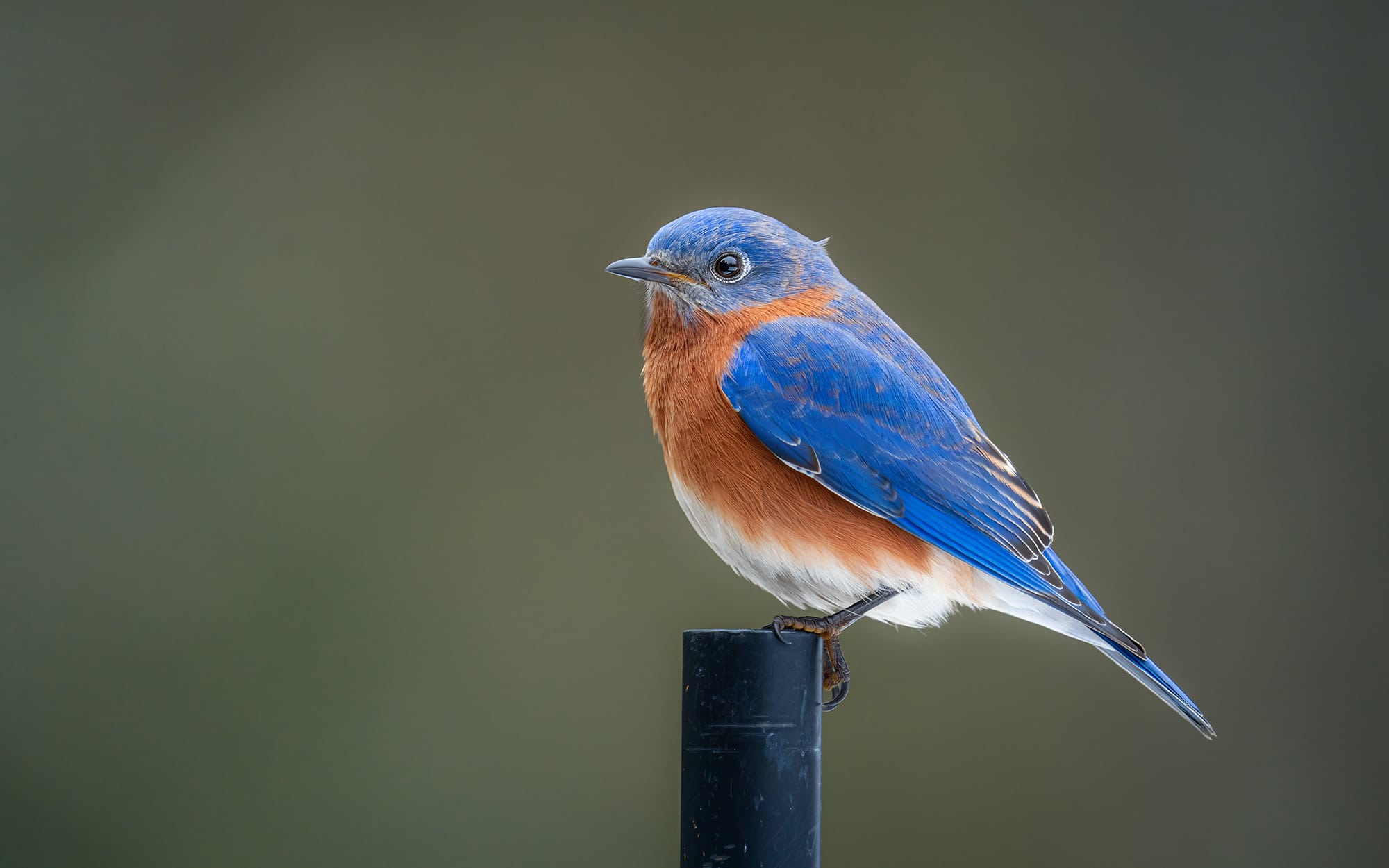explore
Nature
Early Summer Birdwatching at Kiawah River
Spring has returned to the Lowcountry, and now is the perfect time to walk the trails for a little birdwatching. You might spot some of our year-round residents like the bluebird, as well as some birds who return in the spring and summer months to take advantage of the warmer temperatures. Here are a few our favorite feathered friends that you may see while you’re out and about this time of year.

Ruby-Throated Hummingbird
Keep your eyes peeled for this fast-moving bundle of energy. Also found along the woodlands edge, you might also see them as they dart between flowers in your backyard, or in one of the flower-filled pocket parks throughout Kiawah River. While sipping nectar from flowers with its long tongue, their wings will beat an astonishing 50 times per second. Hummingbird feeders filled with sugar water (no red food coloring necessary!) or growing tubular flowers in your garden will allow you to observe them in your own backyard.

Painted Bunting
Brightly colored males are called “nonpareils” in French, which means “without equal”—and it’s easy to see why, with their striking red, blue, and yellow plumage. Females are a more muted, olive green. Look for these beauties along woodland edges and brushy areas, but often males will sing their song perched high in the wide open upon a tree branch. If you want to attract them to your home, fill your bird feeder with a songbird mix containing millet.

American Goldfinch
As the name suggests, the male Goldfinch shows off his brilliant yellow color (and black-tipped wings) in the spring—quite a change from his dull brown coloring during winter. Listen for their distinct “po-ta-to-chip” flight call or find them in areas with thistle or milkweed plants. To attract these strict vegetarians to your yard, fill your bird feeder with sunflower seeds—they will often feed on the ground below the feeder as well.

Eastern Bluebirds
Some of our favorite year-round residents at Kiawah River! These brilliant blue birds with rust-red breasts are often found near open fields, perched on fences and telephone wires. You may spy them fluttering in mid-air, catching insects in dramatic fashion. The Kiawah River Wildlife Conservancy has placed many bluebird boxes throughout the community—keep an eye on these boxes (from a safe distance) to catch a glimpse of bluebirds nesting, especially in springtime.
